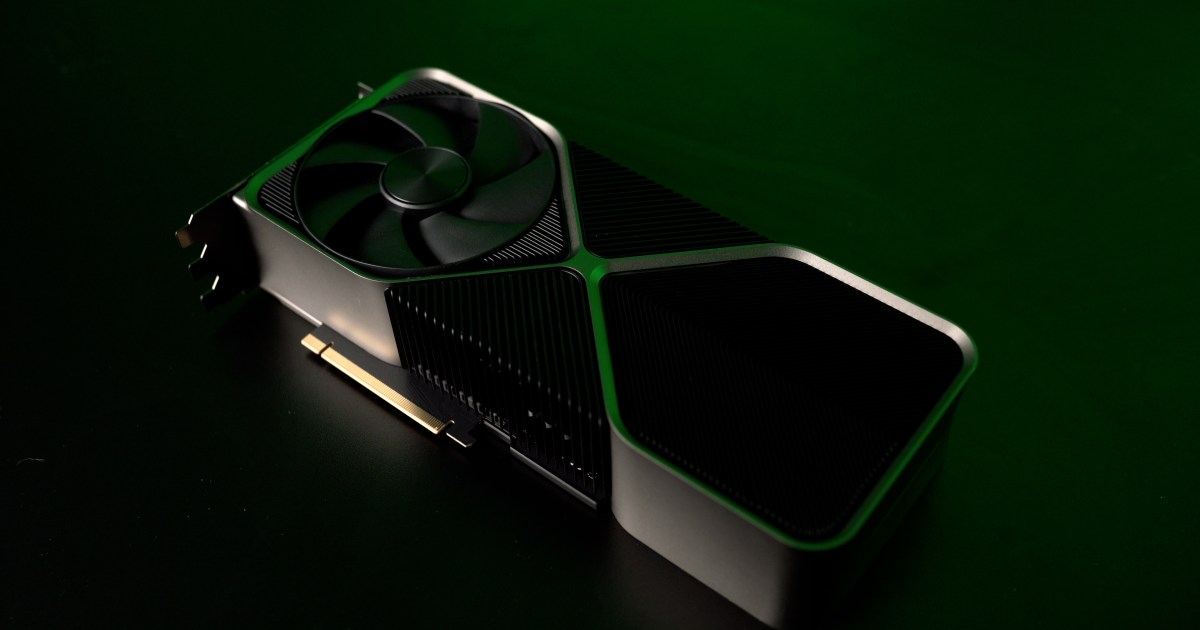The anticipated Nvidia RTX 5090 faces potential limitations in China due to strict export restrictions. However, leaks suggest Nvidia may have devised a clever workaround for the RTX 5090D, potentially preserving its full hardware capabilities without compromising its flagship status. This strategy differs from the previous generation, where the RTX 4090D featured hardware reductions.
The “D” in RTX 5090D signifies “Dragon,” denoting GPUs specifically designed to navigate U.S. export restrictions on high-performance processors in China. This designation first appeared with the RTX 4090D, a modified version of the standard RTX 4090, to comply with performance thresholds set by these regulations.
 The logo for the RTX 5090D.
The logo for the RTX 5090D.
Nvidia’s initial approach with the RTX 4090D involved reducing CUDA cores and power consumption. As reported by VideoCardz, these cards were also intended to be non-overclockable, although users eventually found ways to bypass this limitation. This strategy, however, might not be feasible for the significantly more powerful RTX 5090.
Recent leaks from Chiphell forums user Panzerlied suggest that the RTX 5090 and RTX 5090D might share identical hardware specifications, both utilizing the GB202 GPU without modifications. The proposed solution involves firmware adjustments to limit AI performance, thus meeting export regulations.
The exact nature of these firmware changes remains unclear. One possibility involves limiting Tensor core performance, but this could also impact DLSS 3 functionality, potentially making the RTX 5090D less appealing to gamers compared to the RTX 4090D, which retains full DLSS 3 capabilities despite its hardware reductions. Another potential approach could involve reducing the card’s default power limit.
This situation echoes the “lite hash rate” (LHR) versions of the RTX 30-series, where identical hardware was paired with BIOS limiters to reduce their effectiveness for cryptocurrency mining. While these limiters were eventually circumvented, it remains to be seen if a similar fate awaits the RTX 5090D.
It’s important to note that these details are based on leaks and rumors. The final specifications and performance of the RTX 50-series, including the RTX 5090D, will only be confirmed upon their official release.











